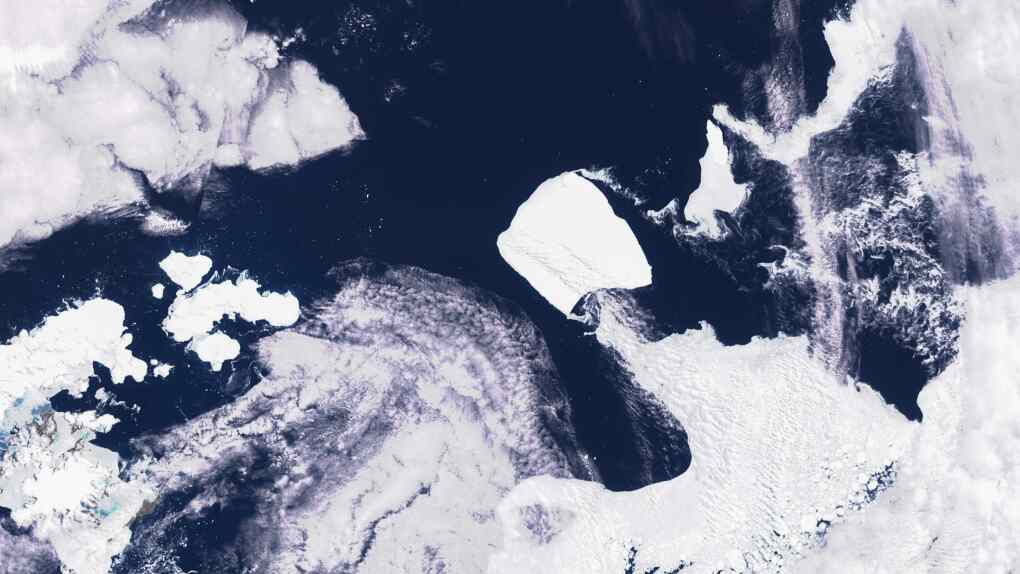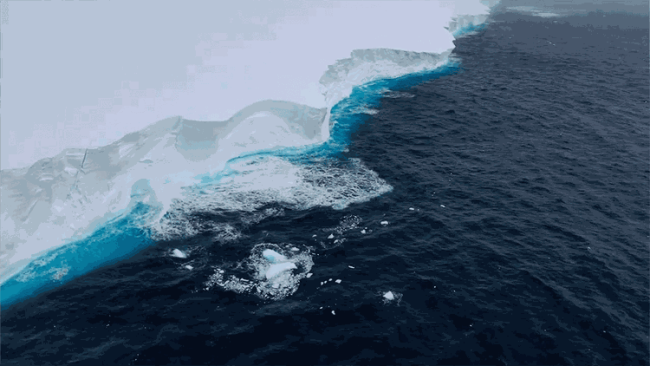
The largest iceberg in the world is leaving Antarctic waters
In 1986, the iceberg known as A23a broke away from the Antarctic shore. However, it quickly grounded in the Weddell Sea, effectively turning into an ice island.
With an area of about 4,000 sq km (1,500 sq miles), it is larger than Greater London by more than two times.
It has been traveling quickly for the past year, and the berg is about to spill into waters outside of Antarctica.
A23a is an impressive beast that is more than just wide. This ice sheet is around 400 meters (1,312 feet) thick. In contrast, the London Shard, which stands as the highest building in Europe, is only 310 meters tall.

A23a was a component of a massive berg outburst from the Filchner Ice Shelf on the White Continent. That it was housing a Soviet research station at the time only serves to highlight how long ago its calving took place.
Fearing that equipment might be lost, Moscow sent out an expedition to remove it from the Druzhnaya 1 facility. However, the tabular berg didn’t travel far from the coast before being firmly fixed to the Waddell’s bottom mud’s by its deep keel.
So why is A23a moving now, some 40 years later?

Dr. Andrew Fleming, a remote sensing specialist with the British Antarctic Survey, said, “I asked a couple of colleagues about this, wondering if there was any possible change in shelf water temperatures that might have provoked it, but the consensus is the time had just come.
Even though it had been grounded since 1986, at some point its size would drop to the point where it would lose support and begin to move. In 2020, I noticed the first movement.
Driven by winds and currents, A23a has increased its speed in the last several months and is currently crossing the Antarctic Peninsula’s northern tip.
